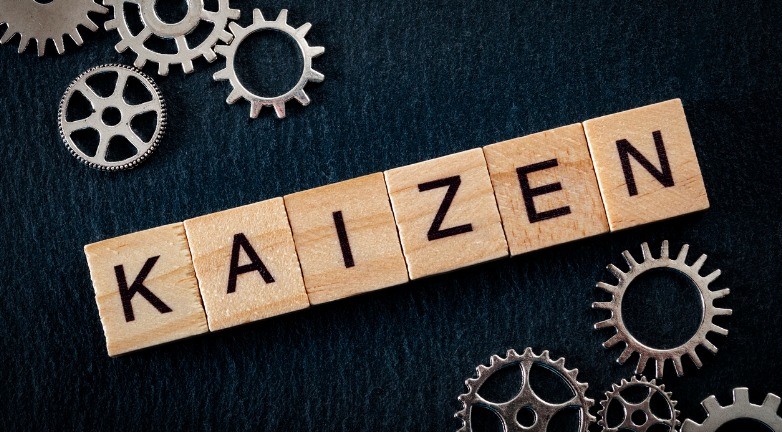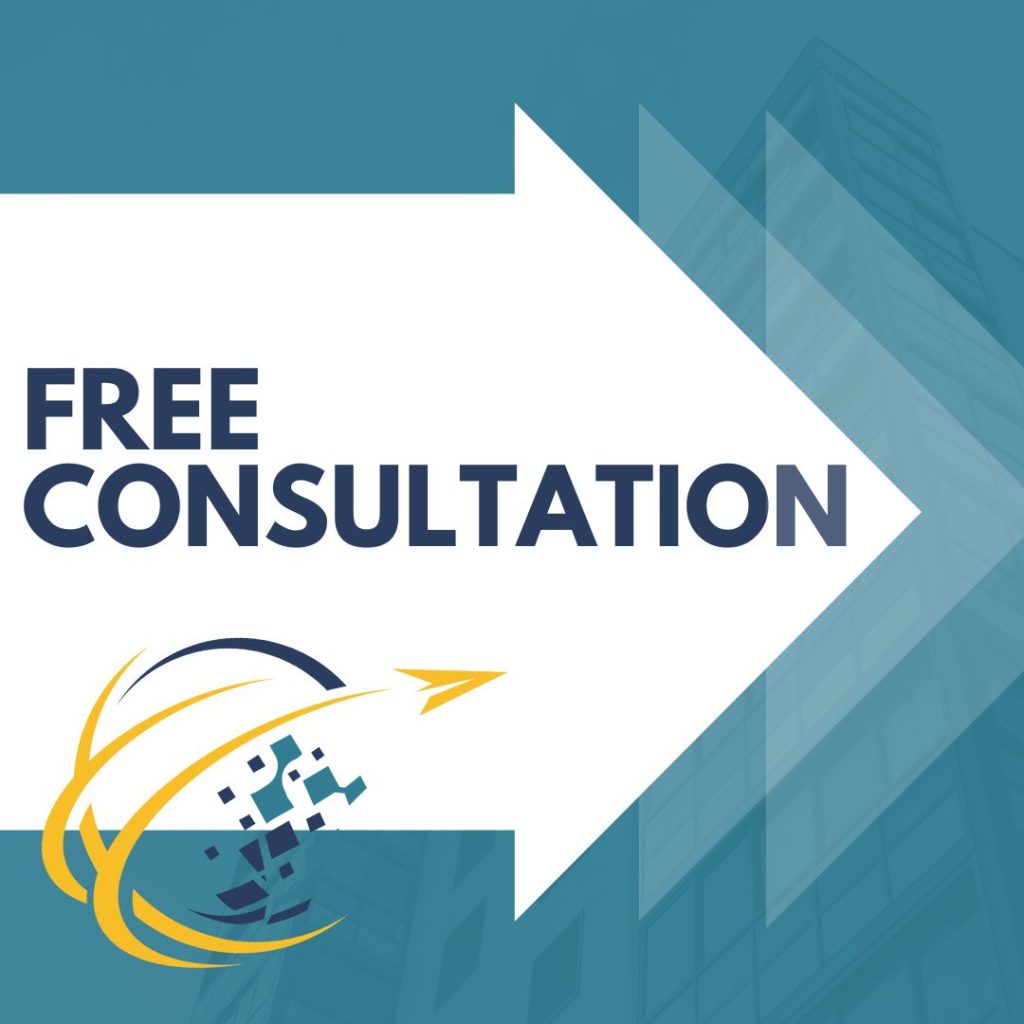Kaizen, a Japanese term meaning “change for better,” emphasizes continuous improvement and small, incremental changes. Originating in the manufacturing industry, Kaizen has become a fundamental approach to enhancing efficiency. It also addresses quality and overall performance across various sectors. By focusing on regular, manageable improvements, This approach empowers employees at all levels to contribute to the organization’s success. Below we’ll talk about the core principles of Kaizen. We’ll analyze the step-by-step process for implementation and review real-world examples. This will illustrate how leading companies have successfully applied this process to drive significant and sustained improvements. It’s effective for streamline operations, engage your workforce, and foster a culture of continuous improvement. Either way, Kaizen offers a proven pathway to achieving these goals.
Introduction to Kaizen
Kaizen is a Japanese philosophy that focuses on continuous improvement through small, incremental changes. Originating from post-World War II Japan, this philosophy was first implemented in manufacturing industries to enhance productivity and quality. The term “Kaizen” translates to “change for better” or “continuous improvement,” reflecting its core principle of ongoing progress.
The philosophy emphasizes that every employee, from top management to frontline workers, plays a role in identifying and implementing improvements. This collective effort fosters a culture where small changes, made regularly, lead to significant enhancements over time. Rather than seeking immediate, large-scale transformations, Kaizen encourages steady, consistent improvement.
Moreover, several key principles guide the strategy, including the importance of incremental progress, teamwork, and employee involvement. The approach values feedback, learning from mistakes, and adapting processes to create more efficient and effective workflows. By focusing on small, manageable changes, it helps organizations maintain momentum as well as continuously evolve in a competitive environment.
This powerful philosophy promotes continuous improvement through small, incremental changes. Its origins are in Japanese manufacturing. The emphasis on collective effort make it a valuable approach for companies striving to enhance productivity, quality, and overall performance. By embracing Kaizen, businesses can create a culture of continuous improvement that drives long-term success.
The Kaizen Process
This process involves a structured, step-by-step approach to continuous improvement, beginning with identifying opportunities for enhancement. The organization encourages employees at all levels to observe workflows and pinpoint inefficiencies or areas for improvement. This bottom-up approach ensures that those closest to the work contribute valuable insights, leading to practical, relevant solutions.
Once the team identifies opportunities, the next step is to plan the improvements. During this phase, teams brainstorm potential solutions, evaluate their feasibility, and develop a detailed action plan. The goal is to create a plan that addresses the root causes of the issues while being manageable and sustainable. Careful planning ensures that the team can implement changes effectively without disrupting operations.
The execution phase involves putting the planned changes into practice. Teams work together to implement the improvements, often using Kaizen tools such as the PDCA (Plan-Do-Check-Act) cycle to guide their efforts. This cyclical approach allows for continuous monitoring and adjustment, ensuring that the changes lead to the desired outcomes. Collaboration and communication are key during this phase, as they help maintain momentum and ensure that everyone is aligned with the improvement goals.
Finally, the Kaizen process concludes with reviewing the results. This step is critical for evaluating the effectiveness of the changes and determining whether the improvements have achieved the desired impact. Teams analyze data, gather feedback, and assess whether the goals set during the planning phase were met. If necessary, further adjustments are made, and the cycle begins again, reinforcing this philosophy of continuous, incremental improvement.
The Kaizen process is a systematic approach that involves identifying opportunities for improvement, planning and executing changes, and reviewing the results. By following this structured methodology, organizations can continuously enhance their processes, fostering a culture of ongoing improvement that drives long-term success.
Tools and Techniques
Kaizen employs a variety of tools and techniques that are essential for driving continuous improvement within organizations. One of the most widely used tools is the PDCA (Plan-Do-Check-Act) cycle. This iterative process begins with planning, where teams identify problems and develop strategies to address them. Next, they implement the solution in the “Do” phase, followed by checking the results to assess effectiveness. Finally, the “Act” phase involves standardizing the successful changes or revisiting the plan if adjustments are needed. The PDCA cycle fosters a culture of ongoing refinement, allowing organizations to make continuous, data-driven improvements.
Another key technique in Kaizen is the 5S methodology, which focuses on workplace organization and efficiency. The 5S stands for Sort, Set in order, Shine, Standardize, and Sustain. By systematically organizing the workspace, eliminating unnecessary items, and maintaining cleanliness, the 5S methodology enhances productivity and safety. It also promotes a disciplined work environment where everyone is responsible for maintaining standards, thereby supporting the broader goals of this methodology.
Gemba walks are also a critical technique in Kaizen, emphasizing the importance of going to the “Gemba,” or the actual place where work is done. During a Gemba walk, managers and leaders visit the shop floor or work area to observe processes firsthand, engage with employees, and identify opportunities for improvement. This hands-on approach helps leaders gain a deeper understanding of the challenges faced by workers and fosters direct communication, making it easier to implement practical, effective changes.
Tools like the PDCA cycle, 5S methodology, and Gemba walks are integral to this approach. These techniques provide structured ways to identify, implement, and sustain improvements, enabling organizations to continuously enhance efficiency, productivity, and workplace organization. By integrating these tools into their processes, businesses can effectively apply these principles and achieve long-term success.
Benefits of Kaizen
Adopting this methodology offers numerous benefits for organizations, starting with improved efficiency. By focusing on continuous, incremental improvements, Kaizen helps streamline processes, eliminate waste, and optimize resource use. This results in faster workflows, reduced costs, and higher productivity. The emphasis on small, manageable changes ensures that improvements are sustainable and can be built upon over time, leading to significant long-term gains.
Moreover, it enhances employee engagement by involving all levels of the organization in the improvement process. Employees are encouraged to contribute ideas, identify inefficiencies, and take ownership of implementing changes. This inclusive approach not only leverages the knowledge and experience of frontline workers but also boosts morale and job satisfaction. When employees see that their input is valued and leads to tangible improvements, they become more motivated and committed to the organization’s success.
Additionally, Kaizen fosters a culture of continuous improvement, which is critical for long-term competitiveness. By embedding the principles of ongoing refinement into the organizational DNA, businesses can remain agile and responsive to changing market conditions. A Kaizen-driven culture encourages innovation, adaptability, and a proactive approach to problem-solving, ensuring that the organization is always striving for better performance and higher standards.
Kaizen offers significant advantages, including improved efficiency, increased employee engagement, and the development of a continuous improvement culture. By adopting Kaizen, organizations can achieve sustainable improvements that enhance overall performance and create a positive, dynamic work environment.
Kaizen in Action
Kaizen in action has led to remarkable success stories across various industries. One prominent example is Toyota, which famously adopted Kaizen as part of its Toyota Production System. By continuously refining processes on the assembly line, Toyota achieved significant improvements in efficiency, quality, and production speed. The company’s focus on small, incremental changes enabled it to reduce waste, lower costs, and maintain its position as a leader in the automotive industry.
Another example of Kaizen’s impact is found at 3M, where the company implemented Kaizen to enhance its manufacturing processes. Through continuous employee-driven improvements, 3M was able to increase productivity, reduce defects, and improve product quality. One notable success was the reduction of machine setup times, which significantly increased production capacity and reduced downtime. The emphasis on employee involvement in Kaizen initiatives also fostered a culture of innovation, leading to new product developments and market expansion.
In the service industry, Kaizen has proven effective at companies like GE Healthcare. By applying Kaizen principles to their operations, GE Healthcare achieved faster turnaround times for product repairs and maintenance, enhancing customer satisfaction. Continuous improvement initiatives led to streamlined workflows and better resource utilization, enabling the company to provide higher-quality services with greater efficiency.
Real-world examples from companies like Toyota, 3M, and GE Healthcare demonstrate the tangible benefits of implementing Kaizen. These organizations achieved significant improvements in efficiency, quality, and customer satisfaction by embracing continuous, incremental changes. The lessons learned from their experiences highlight the importance of employee involvement, a focus on small changes, and a commitment to long-term improvement, making Kaizen a powerful tool for driving success in any industry.
Conclusion
In conclusion, Kaizen is a powerful philosophy and methodology that drives continuous improvement through small, incremental changes. By embracing Kaizen, organizations can achieve significant gains in efficiency, quality, and employee engagement, fostering a culture of ongoing refinement and innovation. Real-world examples from leading companies like Toyota, 3M, and GE Healthcare illustrate the transformative impact of Kaizen, showcasing how sustained commitment to improvement can lead to long-term success. Whether in manufacturing, services, or any other industry, the principles of Kaizen offer a valuable framework for organizations seeking to enhance performance and maintain a competitive edge in today’s dynamic business environment.



